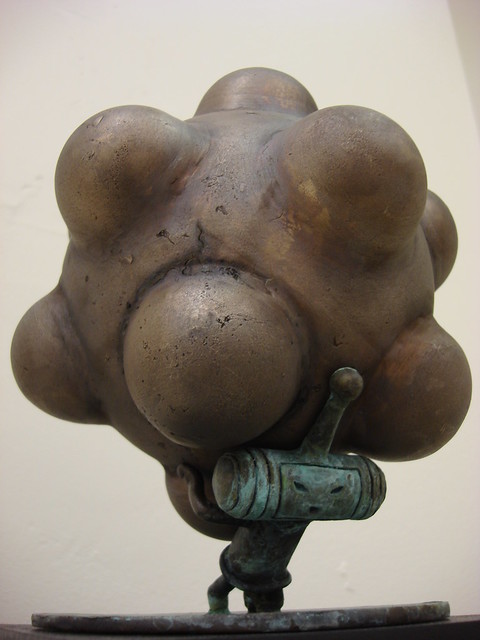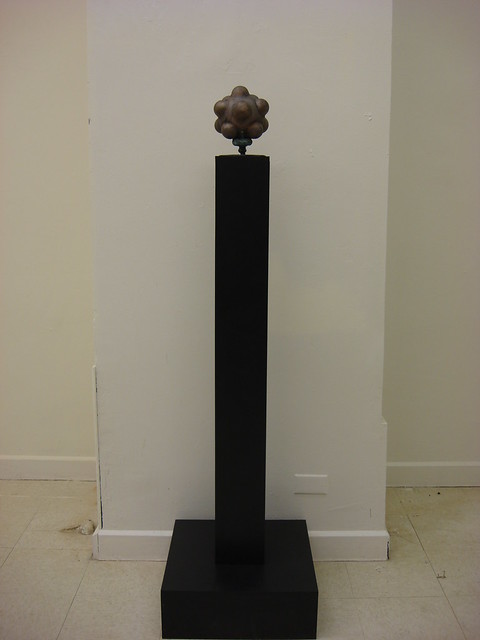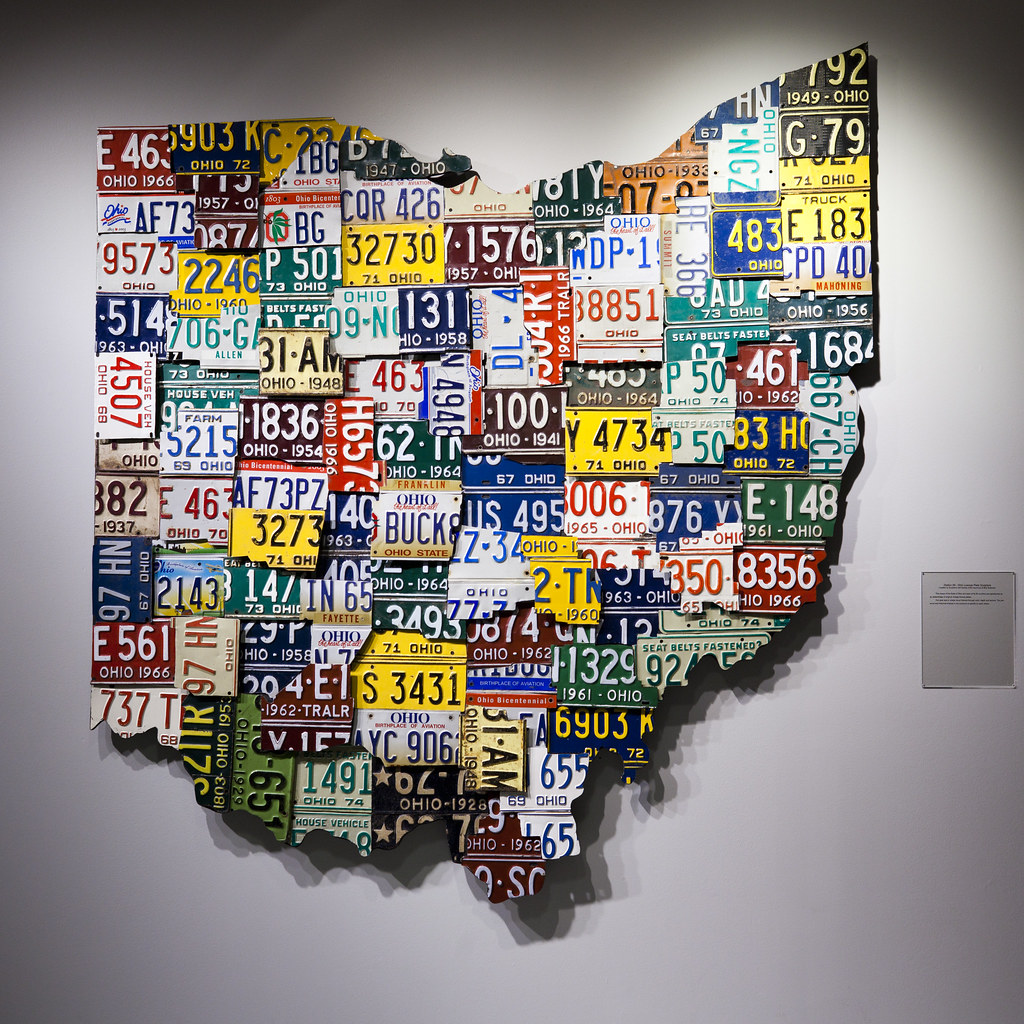Via Adam Greenfield, comes the news about a member of the AR 15 forums (the AR15 is a semi-automatic rifle, a civilian version of the M16) claiming to have successfully 3D printed a working firearm:
To recap, I have an old Stratasys 3D printer (mid-to-late 90s machine, but works fine) and early last summer I printed a modified version of the lower from cncguns.com (I beefed up the front takedown lugs, bolt hold lugs, and added an integral trigger guard).
It’s had over 200 rounds of .22 through it so far and runs great! To the best of my knowledge, this is the world’s first 3D printed firearm to actually be tested, but I have a hard time believing that it really is the first.
While this firearm is composed of a 3d printed lower receiver (which holds the ammunition clip, trigger and butt stock) and a regular upper which holds the firing mechanism, creating the gas-pressure required for the bullet to fire, this is undoubtably a harbinger of things to come. What will happen when metal sintering machines become cheap, available, and with the right tolerances to withstand the pressure of a bullet discharing?
At what point will government start to restrict printing machine or digital files? Adobe Photoshop already can detect the presence of banknotes and disallow printing banknotes (as does some copiers and printers) based on the presence of EURion constellation found on banknotes (constellation found below, which would render this webpage unprintable).

Further on in the thread user ultramagbrion comments:
As far as the manufacture of firearms goes , I dont think these machines will force any law changes , one way or the other . It’s still just a matter of making something , whether it be a decorative widget for your daughter , or a suppressor baffle for your buddy in the militia . . . .somethings are GTG , and some are verboten .
Laws are laws , and they’re already in place to say what you can and cant make , and what you can or can’t do with it once it IS made . I dont think the ATF is going to care HOW you made the suppressor baffle , but the fact that you made it in the first place . Whether you hand carved it with a Dremel and file , spun it up on your bench-top Southbend , hammered it out from a store-bought washer , or spit out 400 an hour from your $400 antique screw machine or $400,000 CNC turning center . . . . the baffle is still illegal to own without jumping through the proper hoops .
At what point will we be making the ammunition so expensive that the 3d printed firearms are worthless piles of plastic?













